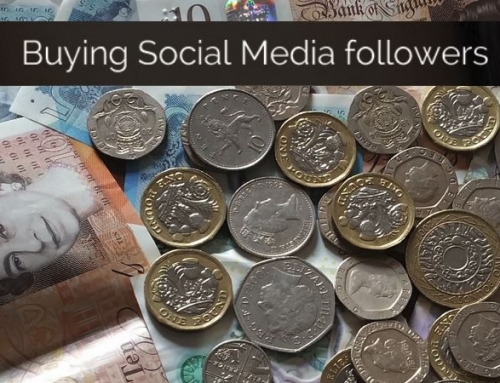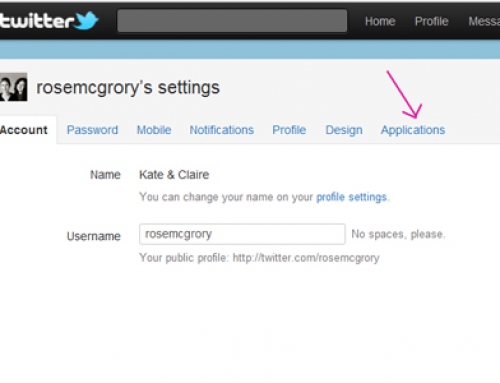For those not familiar with it, the #followfriday hashtag, or #ff for short, is a longstanding Twitter tradition.
Originally, it was a way to help people find new and interesting accounts to follow; if you’d discovered a Twitter user who was particularly clever, funny, insightful or whatever in the previous week, you might spread the word to your own followers by making them a #followfriday suggestion at the end of the week.
That was then, this is now
At one point, #followfriday may have had some genuine value to those looking to expand their Twitter horizons. But not any more. It’s become the Twitter equivalent of those endless Pizza leaflets you find clogging up your doormat when you get home from work – junk mail which is annoying and wasteful.
Why? Because increasingly, our Twitter timeline on a Friday gets filled with tweets like this one:
 On a really good day, each of those individuals will decide to retweet the whole thing just to show how popular they are, thus filling an entire page with the same thing over and over.
On a really good day, each of those individuals will decide to retweet the whole thing just to show how popular they are, thus filling an entire page with the same thing over and over.
Even if you do this, looking at that tweet now through the eyes of someone whose timeline it’s appearing in, can you see why it’s not great?
# ff lists have no value to followers
I really doubt that anyone relishes having their timeline filled up with what is, essentially, a random list of meaningless names. They’re most likely going to just ignore it and be mildly irritated; you’re expecting them to click each username in turn, read the bio, check out some of tweets, and try to guess what it is you think is so “great” about all those people.
#ff lists have no value to recipients
a #followfriday recommendation could be a big compliment. But in this format, the flattery factor is minimal – and even that is rather diluted when your name features in amongst a series of ten tweets covering everyone that person has spoken to on Twitter in the previous week.
People are savvier about finding new accounts
There’s an argument that if people are genuinely on the lookout for new follows, they’ve got savvier about ways to find accounts providing content they’ll enjoy. Checking out who your favourite Twitterers follow, for example. And as a discovery method, retweets are much more powerful – followers see what they’re getting straight away, and should be able to figure out if they’ll want to see more of the same!
Nobody pays any attention to it
Sorry, but they don’t. By way of an experiment, we checked our follower list for @rosemcgrory at the beginning and end of a day in which we were featured on four or five #ff lists, all from users with a good number of followers. And guess what? The number of new followers on that day was exactly zero.
#ff has become a pointless backscratching exercise
This one’s mostly become an issue amongst business users, but we see it a lot. A group of twitter users have got into their comfort zone of mainly chatting to one another, and for some reason need to finish off the week with a “round robin” #ff of everyone in the group. Or, those being included on a list feel honour bound to reciprocate, and the lists get bigger every week. Both are about as far divorced from the original idea of helping others discover new contacts, as it’s possible to be
How to make #followfriday worthwhile
The original idea of follow friday was sound, as is the opportunity to compliment people whose content you genuinely value, and to build stronger relationships.
And it’s only a little thing to change! So if you’re going to participate, here’s how to do it constructively.
1. Be sincere
This is the fundamental here. People need to stop using follow friday as a tool for cementing cliques, attention seeking, or returning favours. Only send out suggestions for accounts whose content you genuinely think your followers will find useful, enjoyable or whatever.
You really have to believe that the account you’re recommending will be a “find” for your followers – so that really rules out the obvious “big name” accounts for your sector, too.
2. Be specific
You need to be able to explain exactly why you’re recommending each account, and if your followers aren’t entirely homogenous, who they’ll be of interest too. So for example:
 3. Keep it exclusive
3. Keep it exclusive
No more than one recommendation in a tweet, but even that will seem less meaningful (and will likely annoy your followers) if you send out twenty of them! No more than a couple of recommendations each week is a much better.
What do you think about Follow Friday? Have you ever recieved a #ff which really made a difference?






Leave A Comment